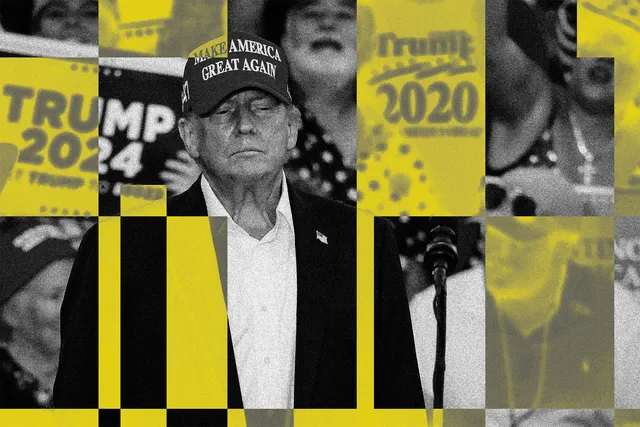A day before resuming the presidency, Trump is championing a dubious plan to save TikTok.
In a dramatic and unconventional twist, Donald Trump used the stage at his pre-inauguration victory rally to unveil an ambitious plan: saving TikTok. The social media platform, a favorite among younger users, had faced a looming ban due to national security concerns over its Chinese ownership. But Trump’s bold proposal—a joint venture with the U.S. government—aims to keep TikTok operational and under partial American control.
A Controversial Solution
The proposed solution, however, comes with significant legal and constitutional challenges. On its surface, Trump’s plan does not seem to satisfy the legal requirements for a “qualified divestiture,” a condition that tech giants like Apple, Google, and Oracle must adhere to in order to avoid potentially devastating penalties. Despite these legal ambiguities, some of TikTok’s service providers are banking on Trump’s assurances. Their confidence has led to TikTok’s sudden restoration, lifting the ban and allowing the app to resume operations by midday Sunday.
The crux of Trump’s plan involves a joint venture in which the U.S. government would own 50% of TikTok. While this might sound like a patriotic move, it raises complex First Amendment issues. Content moderation—a necessity for any social platform—could now be considered a government action, bringing it under constitutional scrutiny. The Constitution explicitly prohibits government interference in free speech, an issue private companies like TikTok would face if partially owned by the federal government.
Trump’s Vision
Trump’s rally comments shed some light on his vision for TikTok’s future. “TikTok would have a partner in the U.S. government,” he explained. “And they’ll have a lot of bidders. The United States will do what we call a joint venture.” With characteristic confidence, Trump dismissed concerns, stating, “There’s no risk. We’re not putting up any money. All we’re doing is giving them the approval without which they don’t have anything.”
Trump believes the move would benefit the U.S. economically, leveraging TikTok’s valuation. “If TikTok doesn’t have our approval, they’re worth nothing,” he claimed. “But with our approval, they’re worth a trillion dollars or some crazy number. So, I said, ‘Let the United States of America own 50% of TikTok.’”
TikTok’s Role in Trump’s Campaign Success
Trump’s enthusiasm for TikTok stems from more than economic interests. He credits the platform for a key role in his electoral victory. At the rally, Trump lauded his young staffer, nicknamed “TikTok Jack,” who spearheaded the campaign’s TikTok strategy. “We hired this guy, and I went on TikTok. Can you believe what I’ll do to win an election?” Trump quipped.
The results, according to Trump, were staggering. “Republicans have never won the youth vote,” he said. “But we won it by 36 points. Romney lost it by 40 points not so long ago. We won it by 36 points. That’s a very big spread.” Trump attributed this success in part to TikTok’s reach and influence among younger voters.
Saving Jobs and Curbing China’s Influence
Beyond campaign advantages, Trump positioned his TikTok plan as a matter of economic necessity and national security. “Frankly, we have no choice,” he told the crowd. “We have to save it. It’s about a lot of jobs. We don’t want to give our business to China or other people.”
Trump’s remarks emphasized that the plan’s primary aim was to reduce risks associated with TikTok’s Chinese parent company, ByteDance. During his first term, Trump pushed for ByteDance to divest from TikTok, citing concerns over potential data access by the Chinese government. Now, he’s framing his joint venture as a pragmatic solution to keep TikTok’s operations in the U.S. while mitigating those risks.
Constitutional and Practical Hurdles
Despite Trump’s optimism, experts have flagged significant obstacles. For one, the proposed 50% government ownership of TikTok invites questions about the separation of powers and the potential misuse of executive authority. Additionally, the Constitution’s prohibition of government interference in speech could become a legal minefield if the government becomes TikTok’s co-owner.
Moreover, it’s unclear how Trump plans to execute this vision. While his rhetoric resonates with his base, critics argue that his plan lacks the legal and operational specifics needed to survive judicial scrutiny or congressional approval.
Public Reaction and the Road Ahead
Trump’s announcement has sparked intense debate. Supporters praise the proposal as a creative solution to save a beloved app and boost American interests. Detractors, however, question the legality and practicality of such a move. As TikTok resumes operations, the tech world and political sphere alike are watching closely to see how Trump’s plan unfolds.
For now, TikTok remains in the headlines, a testament to its cultural and political significance. Whether Trump’s bold gamble will pay off or fall apart remains to be seen, but one thing is certain: the battle over TikTok is far from over.










